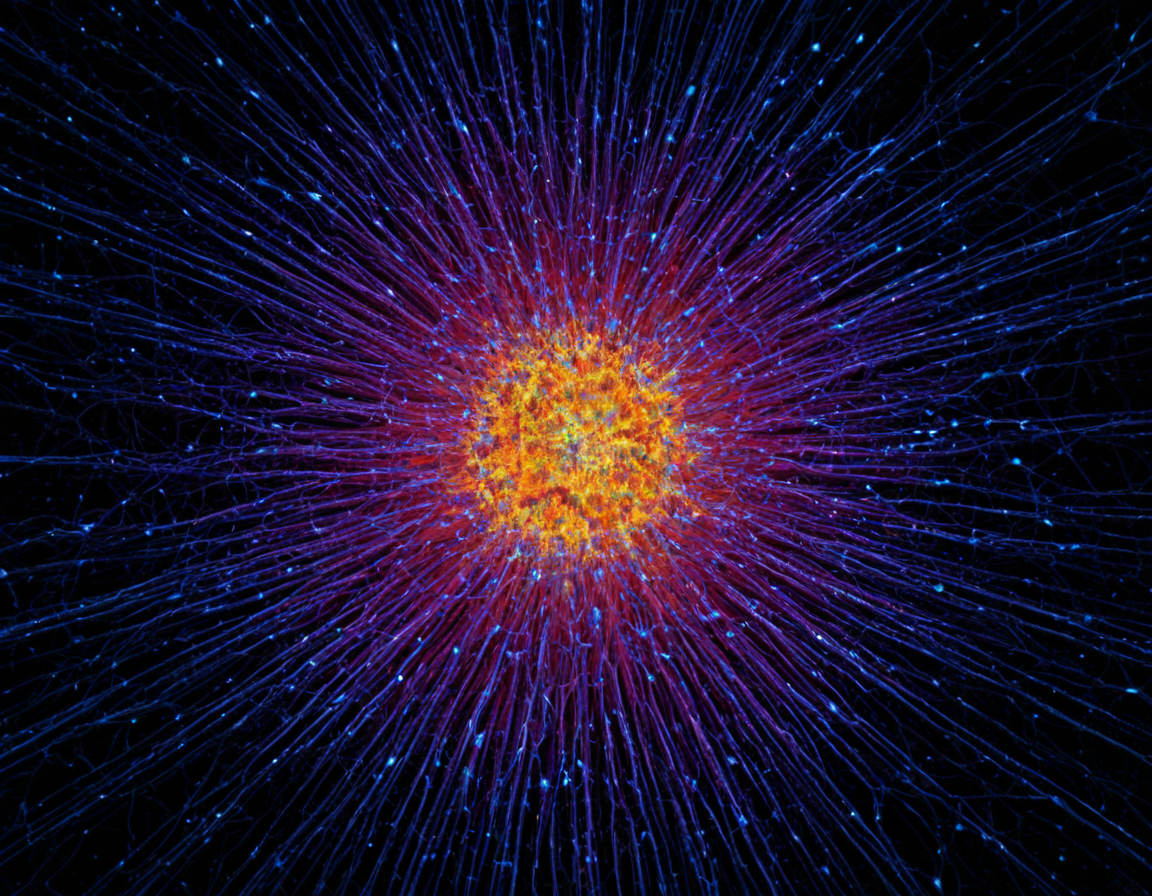Stable Diffusion's Rise in AI Image Generation

The Rise of Stable Diffusion: A Technical Analysis of its Potential for Real-World AI Image Generation Use Cases
Introduction
The development of stable diffusion models has revolutionized the field of artificial intelligence, particularly in the realm of image generation. This technology has been gaining significant attention in recent times, with applications across various industries. In this article, we will delve into the technical aspects of stable diffusion and explore its potential for real-world AI image generation use cases.
Technical Overview
Stable diffusion models are a type of generative model that utilizes a process called diffusion-based image synthesis. This approach involves iteratively refining an input noise signal to produce a realistic image. The stability of this process is achieved through the use of a stable manifold, which ensures that the model converges to a valid solution.
One of the key benefits of stable diffusion models is their ability to generate high-quality images without requiring extensive computational resources. This makes them particularly appealing for applications where computational efficiency is crucial.
Limitations and Challenges
Despite the many advantages of stable diffusion models, there are several limitations and challenges associated with their use. For instance, the process of training these models can be computationally intensive, requiring significant amounts of data and hardware resources.
Additionally, the stability of the model can be compromised if the input noise signal is not properly initialized or if the hyperparameters are not tuned correctly. These challenges highlight the need for careful experimentation and optimization when working with stable diffusion models.
Real-World Applications
So, what are some real-world applications of stable diffusion models? One potential use case is in the field of computer-generated imagery (CGI). By leveraging the capabilities of stable diffusion models, it may be possible to generate highly realistic images for film and television productions.
Another area of exploration is in the realm of art and design. Stable diffusion models could potentially be used to generate novel and innovative artistic styles, opening up new avenues for creative expression.
Practical Examples
To illustrate the potential of stable diffusion models, let’s consider a simple example. Suppose we want to generate an image of a cat using a stable diffusion model. We would need to provide the model with a noise signal that is consistent with the desired output.
[EXAMPLE_START:python]
Initialize the model and noise signal
model = StableDiffusionModel()
noise_signal = torch.randn(1, 128)
[/EXAMPLE_END]
In this example, we initialize the stable diffusion model and generate a random noise signal. We then provide this signal to the model, which generates an output image.
Conclusion
Stable diffusion models represent a significant breakthrough in the field of artificial intelligence, particularly in the realm of image generation. While there are several limitations and challenges associated with their use, they also offer a wealth of potential applications across various industries.
As researchers and practitioners, it is essential that we continue to explore and develop these technologies, pushing the boundaries of what is possible. The question remains, how will stable diffusion models shape the future of AI image generation?
Will you be exploring the use of stable diffusion models in your research or projects? Share your thoughts in the comments below.
Tags
stable-diffusion generative-modeling ai-image-synthesis non-photorealistic-rendering deep-learning
About Carmen Johnson
Carmen Johnson | AI & photography expert helping creatives master powerful image tools from editing to generation at gophotos.com. 5+ years of experience in visual storytelling and photo editing.
